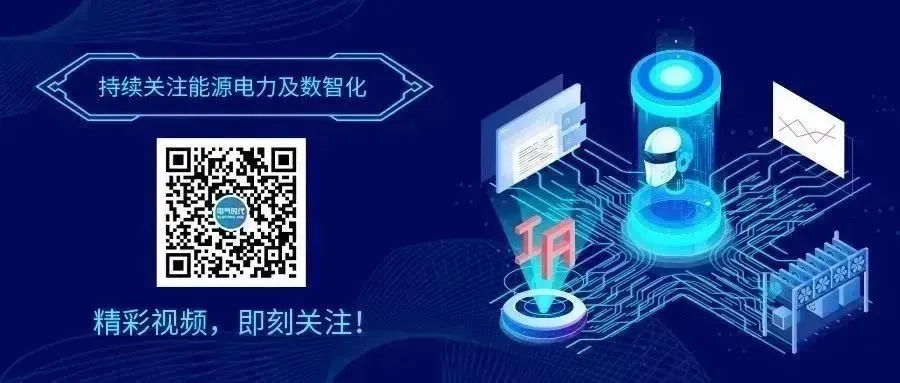
Instruments / Meters / Intelligence

In control systems, instruments and meters are essential components, and their technological advancements follow the development of control system technology. Currently, control theory has evolved into a new stage of intelligent control, making the intelligence of automated instruments and meters inevitable.
The intelligence of instruments and meters mainly results from the development and application of microprocessor and artificial intelligence technologies. For example, using intelligent technologies such as neural networks, genetic algorithms, evolutionary computation, and chaos control enables instruments and meters to achieve high speed, efficiency, multifunctionality, and high maneuverability.
Additionally, fuzzy reasoning technology using fuzzy rules allows for various types of fuzzy decision-making regarding the various fuzzy relationships of things.
Currently, the weakest and most needed area of development in China’s intelligent field is the basic industries of instruments, meters, and sensors. With the rapid development of science and technology and the continuous improvement of automation levels, China’s instrument and meter industry will also undergo new changes and gain new developments. The high-tech nature of instrument and meter products, especially their intelligence, will become the mainstream of future technological and industrial development.
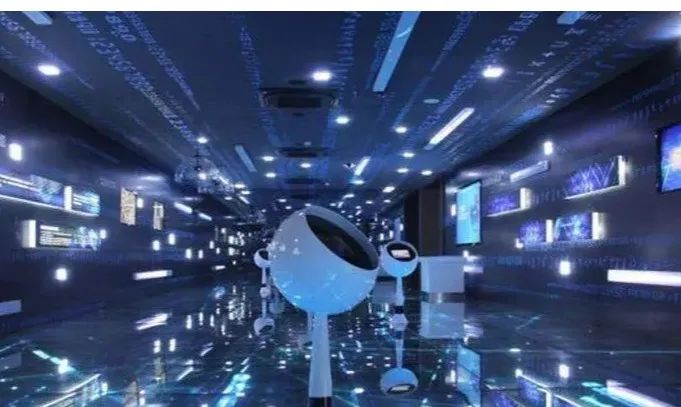
Based on the foundation of intelligent control theory, the current advancements in intelligent instruments and meters can be summarized in the following aspects:
Expert Controllers
An expert control system (ECS) is a typical knowledge-based control system, which is a program system with a large amount of specialized knowledge and experience. It uses artificial intelligence and computer technology to reason and judge based on the knowledge and experience provided by one or more experts in a specific field, simulating the decision-making process of human experts to solve complex problems that require human expertise.
Fuzzy Controllers
A fuzzy controller (FC-Fuzzy Controller), also known as a fuzzy logic controller (FLC-Fuzzy Logic Controller), has been widely applied in industrial control due to its ability to handle uncertainty, imprecision, and fuzzy information, effectively controlling processes that cannot be modeled mathematically and solving problems that conventional control methods cannot address.
Neural Network Controllers
The application of neural networks in industrial control systems has improved the information processing capabilities of the systems and enhanced their intelligence levels. Neural network control refers to the use of neural network technology to model complex nonlinear objects, serve as controllers, optimize calculations, perform reasoning, or conduct fault diagnosis.
It is important to note that in the field of intelligent instruments and meters, despite the numerous articles published by Chinese scholars on neural networks, fuzzy control, or chaos control, there is a lack of rigorous, detailed, and innovative work and results. Some high-end instruments and meters still need to be imported from abroad.
Control / System / Networking

In the 21st century, control systems will be systems that combine networking and control. Research on networked control systems (NCS) has become one of the forefront topics in the field of automation. As communication networks are embedded as a system component in control systems, this greatly enriches industrial control technologies and methods, leading to significant changes in the architecture, control methods, and human-machine collaboration methods of automation systems, while also introducing new issues such as coupling between control and communication, time delays, information scheduling methods, distributed control methods, and fault diagnosis.
The traditional control field is undergoing an unprecedented transformation, moving towards networking. The structure of control systems has evolved from the initial CCS (Computer Centralized Control System) to the second generation DCS (Distributed Control System), and now to the popular FCS (Fieldbus Control System). The demands for high data volume and high-speed transmission, such as for images and voice signals, have also led to the integration of industrial Ethernet and control networks.
This wave of networking in industrial control systems integrates various popular technologies today, such as embedded technology, multi-standard industrial control network interconnection, and wireless technology, thereby expanding the development space of the industrial control field and bringing new development opportunities.
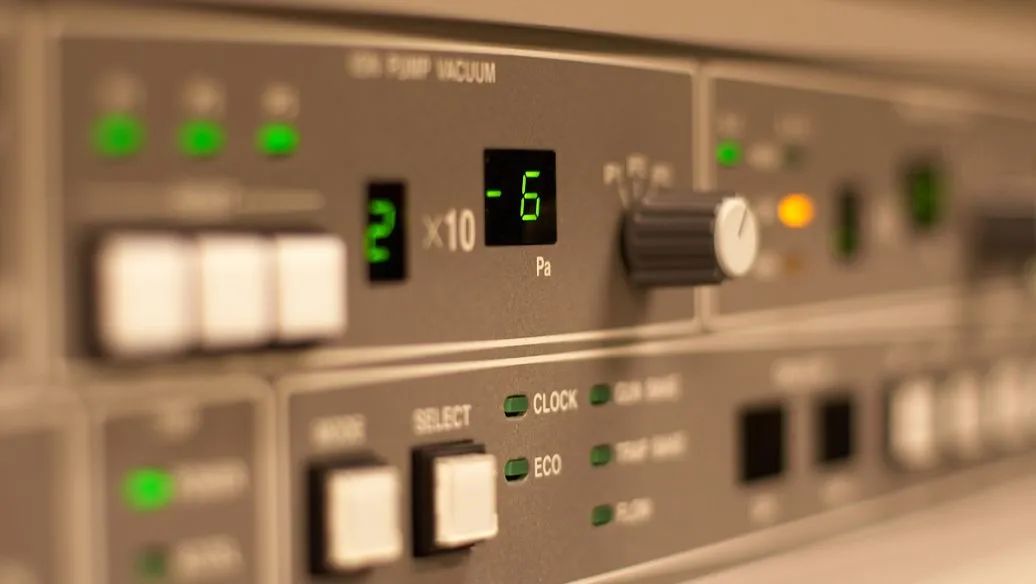
Integrating fieldbus, Ethernet, various industrial control network interconnections, embedded technology, and wireless communication technology into industrial control networks enhances the openness and interoperability of the system while ensuring the original stability and real-time requirements of the control system, improving the system’s adaptability to different environments. In today’s era of economic globalization, this networking of industrial control systems and its composition model enables enterprises to adapt to unprecedented market competition, facilitating faster new product development, reducing production costs, and improving information services, with broad development prospects.
Industrial / Communication / Wireless

Wireless industrial communication is also a hot topic currently being discussed in the automation field. Industrial control companies have gradually recognized that wireless technology will be the foundation for the next technological leap, significantly enhancing factory efficiency and ensuring user safety.
As wireless technology becomes increasingly popular, various suppliers are providing a range of hardware and software technologies to assist in adding communication functions to products. These technologies support communication standards including Bluetooth, Wi-Fi, GPS (Global Positioning System), 5G, and WiMax (Worldwide Interoperability for Microwave Access). However, selecting chips and related software when adding wireless networking capabilities can be quite challenging (assuming the chosen implementation works properly and meets relevant verification requirements). Even if a feasible design is made, if performance, power consumption, cost, and scale are not optimized, it may not achieve market success. The most popular options today are not necessarily the best communication standards or what customers need, so the chosen hardware and software implementation should have the characteristic that each new generation of products does not need to start from scratch to adapt.
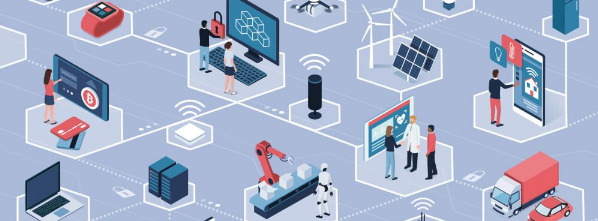
However, with the enhancement of reliability, wireless technology will have a broader range of applications. Wireless communication will grow rapidly in the coming years, but it will not replace wired communication. Wired communication, with its stability, reliability, and security, will not disappear; wireless will only replace wired solutions where wired implementation is inconvenient or costly. If wireless and wired can be organically combined, leveraging each other’s advantages, it will provide new solutions for increasing productivity. Wired communication should be used where it is suitable, and wireless communication should be used where it is appropriate. Since both wired and wireless communications support TCP/IP protocols, these two communication methods can be organically combined to leverage their respective strengths and improve production efficiency.
Internet of Things / and / Automation

Today, the Internet of Things is one of the most frequently mentioned terms in major media, closely associated with “intelligence”. From the perspective of “management, control, and intelligence”, the Internet of Things and industrial automation are essentially interconnected; industrial automation includes collection, transmission, and computation, while the Internet of Things encompasses comprehensive perception, reliable transmission, and intelligent processing, making the two interrelated.
Application areas of the Internet of Things include: such as: logistics, supply chain, and warehouse management systems; industrial product production, tracking, progress supervision, quality tracking, etc.; supervision, tracking, and anti-counterfeiting application systems for valuable goods and hazardous materials; electronic tickets for large conferences, high-level meetings, and important events, as well as for large-scale competitions, concerts, and personnel flow areas in scenic spots (e.g., Shanghai World Expo); automatic identification and management of various types of vehicles over long distances; automatic identification, recording, positioning, and querying of personnel within a region; full-process traceability in the animal and food industry; various fields in agriculture, disaster relief, and rescue; valuable and important asset management; full-process management of branded clothing; the book industry; military management of firearms, personnel, vehicles, materials, and security; in aviation, automotive, and other fields; retail; social security; and smart city domains.
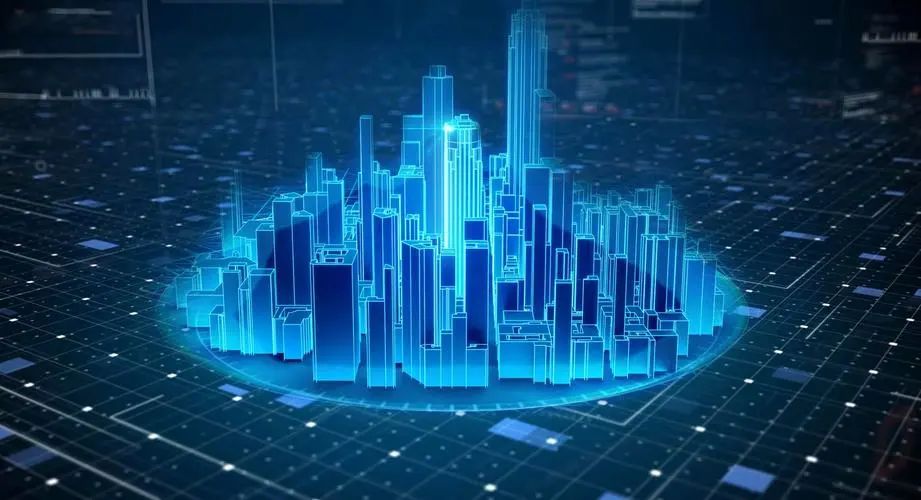
“The Internet of Things” has overturned the traditional thinking that previously separated physical infrastructure and IT infrastructure, effectively linking physical facilities such as roads and buildings with personal computers, mobile phones, home appliances, transportation facilities, and IT facilities, enabling comprehensive interconnectivity in government management, production manufacturing, social management, and personal life.
Cloud Computing / and / Automation

Cloud computing is the development of distributed processing, parallel processing, and grid computing, or the commercial realization of these computer science concepts. Its core is the storage and computation of massive data, particularly emphasizing the application of virtualization technology. In simple terms, cloud computing is a supercomputing model relying on the Internet, connecting vast resources to provide various IT services to users.
For example, the cloud computing model will bring significant changes to the automation software industry in the future. The main aspects include:
(1) The architecture of automation systems will become more flexible, and distributed architecture will expand to a larger scope
In modern large-scale industrial automation and information projects, systems are becoming increasingly large and complex, and existing networks and system architectures can no longer cope with these challenges. The revolutionary concept of cloud computing has completely broken the rigid architecture of automation systems. In cloud computing systems, automation and information systems do not simply run on a fixed computer but operate across the entire network, including the Internet, allocating system resources and realizing various functions based on the entire network.
(2) The analysis and processing of massive information will become a routine function of automation software
In modern large automation projects, the volume of automation information is increasing, and describing it as “massive” is not an exaggeration. Therefore, the types of databases used in current automation software, data storage models, and data reading and querying methods are all focused on the accurate and timely processing of large amounts of data. The processing of massive information has become one of the bottlenecks restricting the development of automation software.
(3) A complete change in the engineering development model
In the era of cloud computing, the development of engineering projects will no longer be confined to a single computer; the SaaS model allows users to directly utilize software on the automation software supplier’s server via the Internet for development, with the development process occurring within the cloud computing network, resulting in a directly executable engineering project.
(4) A shift in the service model of software suppliers, reducing maintenance costs
The cloud computing model will also lower the service costs for software suppliers. Previously, software suppliers needed to provide technical support and maintenance for automation software running in various hardware and software environments, but in the cloud computing era, they only need to maintain one set of software on their server.
(5) Lowering the hardware requirements for automation systems, enhancing the software’s industry status
Whether based on a private cloud within the enterprise’s internal network or a hybrid cloud with some connection to the external network, the goal of dynamically allocating system computing power can make system operations smoother and more stable, significantly reducing the hardware system requirements for enterprises without compromising operational efficiency. It is well known that in current automation systems, software occupies the “soul” position but has relatively low value, accounting for only 5%-10%. In the era of cloud computing, while the requirements for hardware decrease, the demands for software will increase, thus significantly enhancing the value and importance of software in the automation industry.
(6) New technologies and new product concepts will become the core of competition
Undoubtedly, the cloud computing model will bring tremendous changes to the automation software industry. How to grasp the trend of IT development? How to develop a new generation of automation software based on cloud computing? How to ensure compatibility of old automation software versions with cloud computing platforms? How to upgrade traditional automation engineering systems to cloud computing systems? These will be the primary concerns for enterprises in the industry. With the increasing maturity of cloud computing technology and the efforts of the automation sector, the development of automation systems utilizing “cloud computing” in China will change rapidly. This is also an issue that the Chinese automation sector should pay attention to.
In summary, the current development trends of the five major popular automation technologies can be summarized in several words: integration, communication, collaboration, energy saving, safety, standards, and openness. Many new products and concepts have also emerged.
“The article and images are sourced from the internet, and the copyright belongs to the original author. If there is any infringement, please contact for removal.”
Source: FanKe Automation
Editor: Peng Donghao
Chief Editor: Shi Haijiang
Review: Chang Haibo
